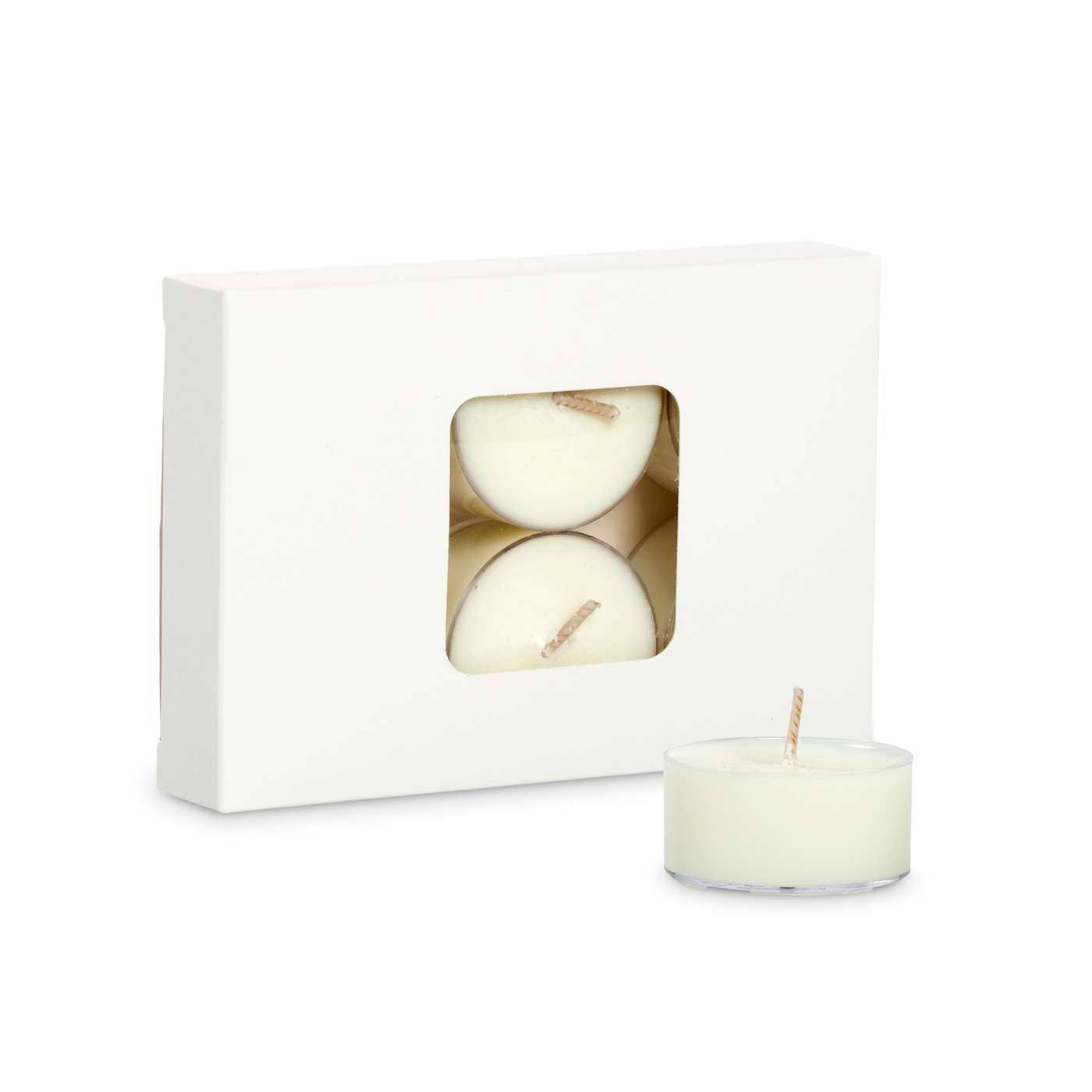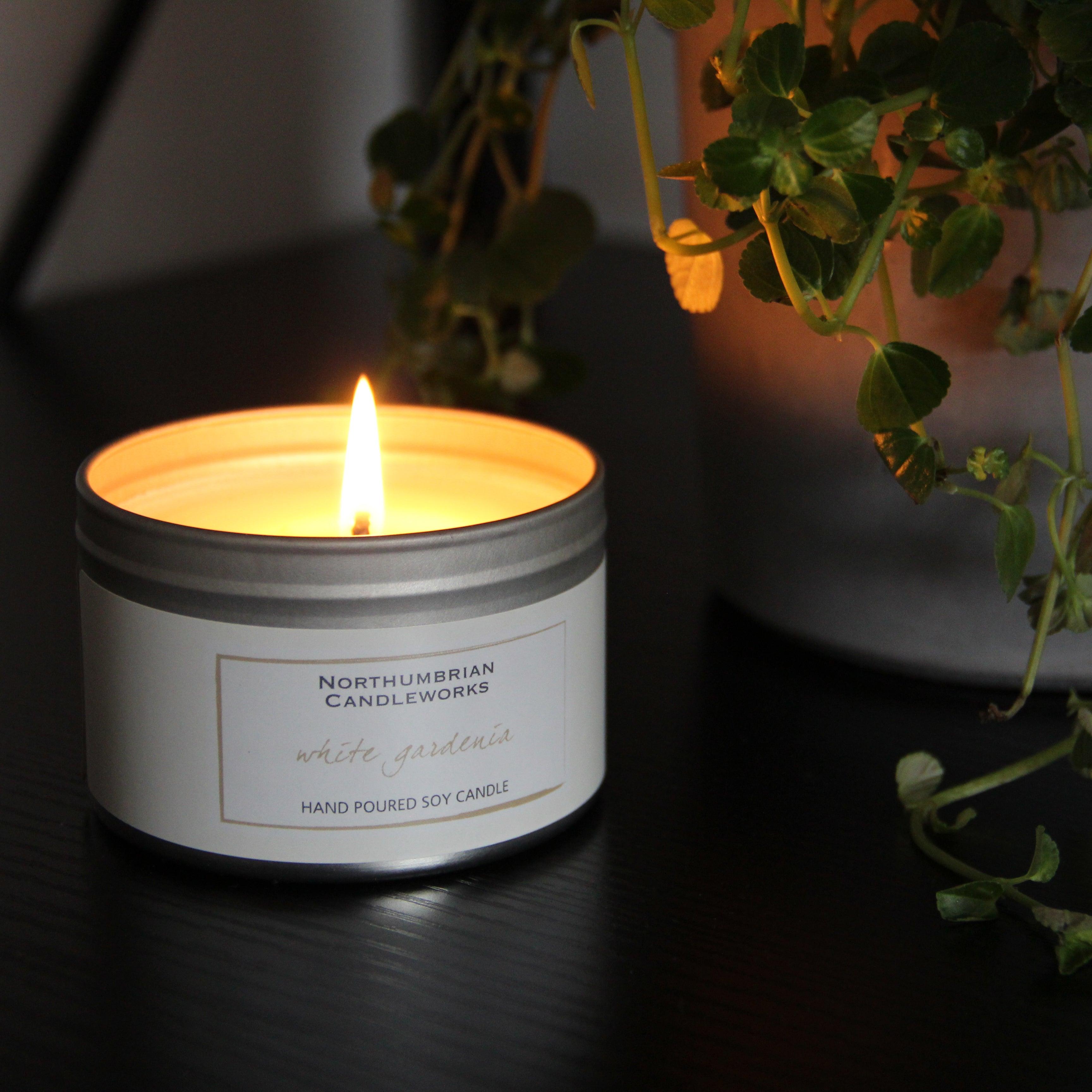Illuminate Your Atmosphere with Crystal Soy Candles and Home Fragrance
From Wick to Wax: Comprehending the Chemistry Behind Soy Wax Candles and Their Ecological Impact
As we brighten our areas with the warm glow of candles, there exists a world of elaborate chemistry behind the relatively easy act of lighting a soy wax candle light. The choice in between soy and paraffin wax extends beyond plain looks, diving into the world of environmental effect and the really composition of the products. Understanding the molecular framework of soy wax and its combustion process drops light on the exhausts released into our surroundings. Join us as we unwind the scientific details behind soy wax candle lights and explore their ramifications on our setting.
Soy Wax Vs. Paraffin Wax
When contrasting soy wax and paraffin wax for candle light production, it is important to comprehend the unique features and advantages of each product. Soy wax is an all-natural, eco-friendly resource originated from soybean oil, making it biodegradable and environment-friendly - crystal soy candles. In comparison, paraffin wax is a result of oil refining, which elevates issues about its environmental impact and sustainability
Soy wax candles burn cleaner and produce less residue contrasted to paraffin wax candle lights, making them a much healthier selection for indoor air quality. Additionally, soy wax has a lower melting factor, permitting a longer-lasting candle light that distributes fragrance better. Paraffin wax, on the other hand, tends to burn faster and much less cleanly, potentially launching unsafe chemicals right into the air.
From a sustainability point of view, soy wax is favored for its biodegradability and eco-friendly sourcing, lining up with the growing customer choice for ecologically conscious items. While paraffin wax has been a conventional choice in candle light making because of its affordability and ease of usage, the shift in the direction of green choices like soy wax is getting momentum in the industry.
Chemical Make-up of Soy Wax

Combustion Refine in Soy Candles
The chemical make-up of soy wax straight affects the combustion process in soy candles, affecting elements such as burn time, aroma launch, and ecological effect. When a soy candle is lit, the warmth from the fire thaws the wax near the wick. This liquid wax is then prepared the wick due to capillary activity. As the fluid wax reaches the fire, it evaporates and undertakes burning. The combustion procedure entails the vaporized hydrocarbons in the wax responding with oxygen airborne to generate warm, light, water vapor, and carbon dioxide.
The burning efficiency of soy candle lights is influenced by the pureness of the soy wax and the quality of the wick. A clean-burning soy candle light with an effectively sized wick will lessen and create a constant flame residue formation. This not just prolongs the melt time of the candle however additionally improves the launch of scents. In addition, soy wax candle lights have a reduced environmental effect compared to paraffin candles as a result of their biodegradable and sustainable nature.

Environmental Advantages of Soy Wax

Taken into consideration a lasting option to traditional paraffin wax, soy wax offers noteworthy environmental benefits that make it a popular choice among eco-conscious consumers. One substantial benefit of soy wax is its sustainable sourcing. Soy wax is obtained from soybean oil, which is mainly cultivated in the United States. The cultivation of soybeans assists sustain regional farmers and decreases the dependency on non-renewable nonrenewable fuel sources used in paraffin wax manufacturing. In addition, soy wax is naturally degradable, meaning it damages down normally without releasing damaging toxic substances right into the atmosphere. This characteristic makes soy wax candle lights a much more ecologically pleasant alternative compared to paraffin wax candles, which are made from oil, a non-renewable resource. Soy wax burns cleaner and produces less residue than paraffin wax, adding to much better interior air top quality and decreasing the demand for cleaning and maintenance. Overall, the ecological benefits of soy wax straighten with the expanding demand for lasting and green products on the market.
Recycling and Disposal Factors To Consider
Reusing and appropriate disposal of soy wax candle lights play an important function in keeping environmental sustainability and minimizing waste in communities and homes. When it comes to recycling soy our website wax candles, the initial step is to make certain that the candle light has actually burned completely. This can be accomplished by enabling the candle light to melt till the wick is no more usable, and then letting the remaining wax cool and solidify. Once the wax has solidified, it can be carefully removed from the container.

In regards to disposal, if recycling is not a choice, soy wax candles are biodegradable and can be securely taken care of in a lot of home waste systems. It is always advised to inspect with local recycling facilities or waste administration services for certain guidelines on candle light disposal to make sure proper handling and ecological security.
Verdict
In verdict, the chemistry behind soy wax candles discloses their environmental benefits over paraffin wax candles. Soy wax, stemmed from soybean oil, burns cleaner and produces much less soot when contrasted to paraffin wax. The combustion procedure in soy candle lights is a lot more effective, leading to a much longer and extra also shed. Additionally, soy wax is naturally degradable and renewable, making it a much more lasting choice for candle light manufacturing. Recycling and correct disposal of soy wax candles additionally contribute to their environmental effect.
When this contrasting soy wax and paraffin wax for candle light making, it is necessary to understand the unique attributes and advantages of each material (home fragrance).Soy wax candle lights melt cleaner and give off much less residue contrasted to paraffin wax candle lights, making them a healthier selection for indoor air quality.Considered a sustainable option to conventional paraffin wax, soy wax uses significant ecological advantages that make it a preferred choice among eco-conscious consumers. Soy wax burns cleaner and generates less residue than paraffin wax, adding to better indoor air high quality and reducing the need for cleaning and maintenance.In conclusion, the chemistry behind soy wax candles reveals their environmental advantages over paraffin wax candle lights